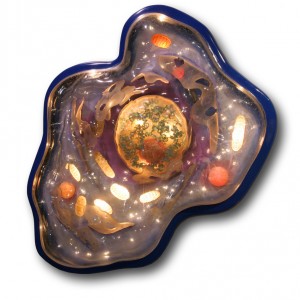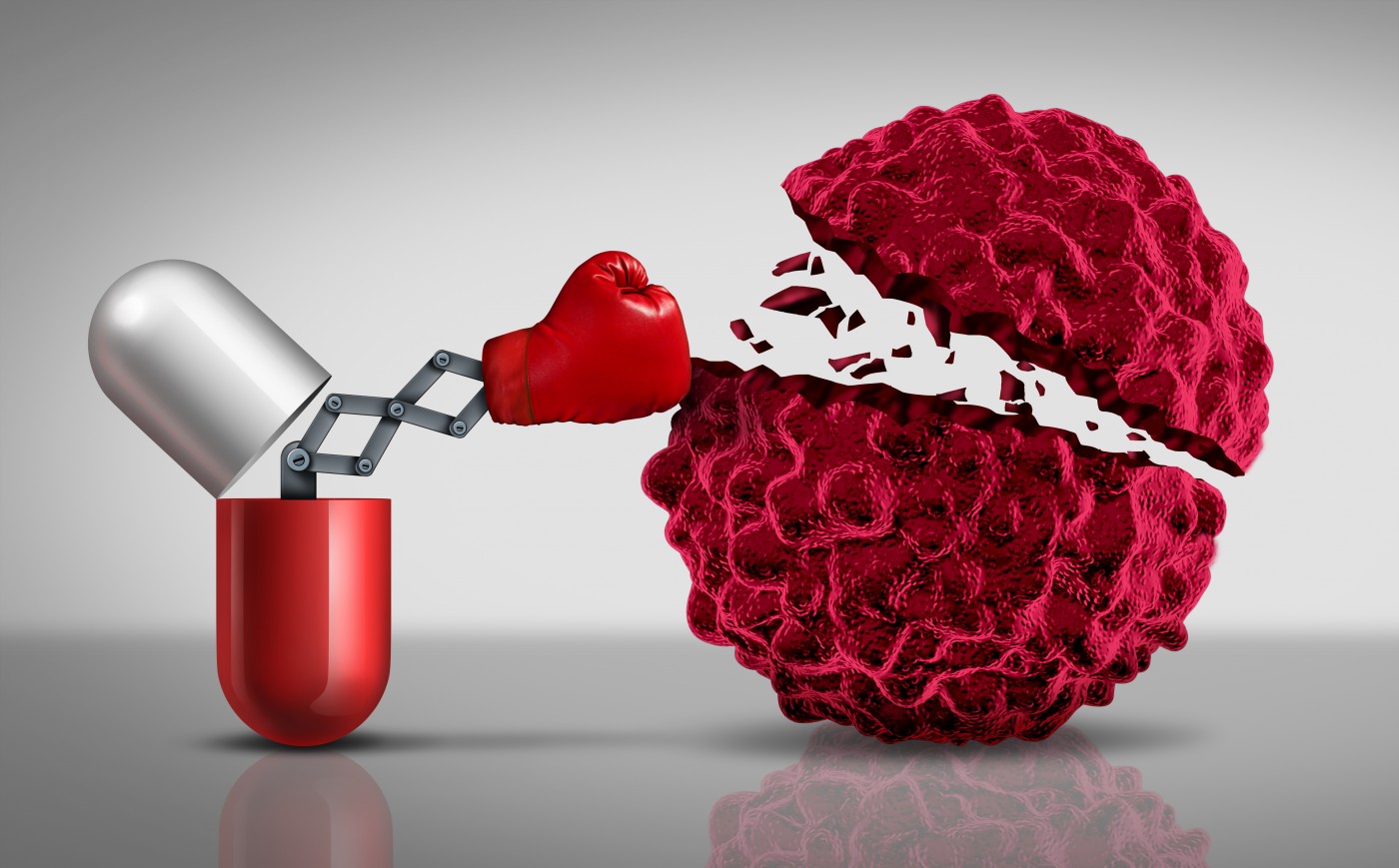 YAP, a naturally-occurring protein vital to the growth and development of organs, may be responsible for some lung cancer resistance to targeted cancer therapies. These findings were discovered by a team of University of California San Fransisco (UCSF) researchers led by Trever Bivona, MD, PhD, who is also a member of the UCSF Helen Diller Family Comprehensive Cancer Center. Dr. Bivona hopes that these findings may be used to overcome cancer resistance to some therapies.
YAP, a naturally-occurring protein vital to the growth and development of organs, may be responsible for some lung cancer resistance to targeted cancer therapies. These findings were discovered by a team of University of California San Fransisco (UCSF) researchers led by Trever Bivona, MD, PhD, who is also a member of the UCSF Helen Diller Family Comprehensive Cancer Center. Dr. Bivona hopes that these findings may be used to overcome cancer resistance to some therapies.
“Instead of trying to figure out why patients have developed resistance after it has emerged, we need to decipher what survival tactic cells will be most dependent on when they are challenged with targeted therapy,” said Dr. Bivona, in a news release from UCSF. “We want to learn how to wipe out that alternative survival pathway at the beginning of therapy — to pull the rug out from under those cells right away.”
Dr. Bivona and a diverse team of researchers learned a lot about wiping out cancer when publishing their research entitled “The Hippo Effector YAP Promotes Resistance to RAF- and MEK-Targeted Cancer Therapies.” The article was featured in the latest online edition of the journal Nature Genetics.
To begin, the team needed to pinpoint YAP among over 5,000 proteins expressed by lung cancer cells that carry a mutation in the gene BRAF. They administered short-hairpin RNA molecules to deplete specific proteins one-by-one before administering the BRAF inhibitor vemurafenib and checking to see if vemurafenib was more or less effective at killing the cancer cells. YAP quickly emerged as a key player in cancer cell resistance to vemurafenib.
“YAP was the number-one hit in our screening process, but it wasn’t much of a leap to think it might be promoting resistance to targeted therapy, because it had been shown to promote organ growth and cell proliferation in other organisms and systems,” said Dr. Bivona.
Adding to their work with BRAF and YAP, the team also looked at a connection between YAP and RAS gene mutations while treating cells with MEK-targeted therapies. Suppressing YAP activity led to greater MEK-targeted therapy efficacy and even increased the efficacy of MEK inhibitors in RAS-mutant lung tumors implanted in mice. “This is the first paper to establish that YAP is a bona fide mechanism of resistance to RAF and MEK inhibition, and it’s exciting to contemplate and plan what we may be able to do with this knowledge to help cancer patients by improving their precision treatment,” stated Dr. Bivona.
In addition to working with cells and mice, the team obtained human lung tumor samples mutant for BRAF and RAS and evaluated the presence of YAP. The protein was highly expressed in samples, and patients who had high YAP levels in their samples were more likely to have had poor response to treatment, with the highest levels expressed by patients who developed resistance to treatment.
This work contrasts the “easy” option of switching to a different drug treatment after resistance has been identified. Many oncologists believe it is better to foresee resistance by understanding cancer cell survival mechanisms that can be thwarted by administering other therapeutics.
One therapeutic that may benefit from this new research is the BRAF inhibitor dabrafenib, which has shown to be effective in treating non-small cell lung cancer (NSCLC) patients in two separate phase 2 clinical trials. Perhaps a future NSCLC treatment will involve combined suppression of YAP with dabrafenib to increase patient response and survival.


